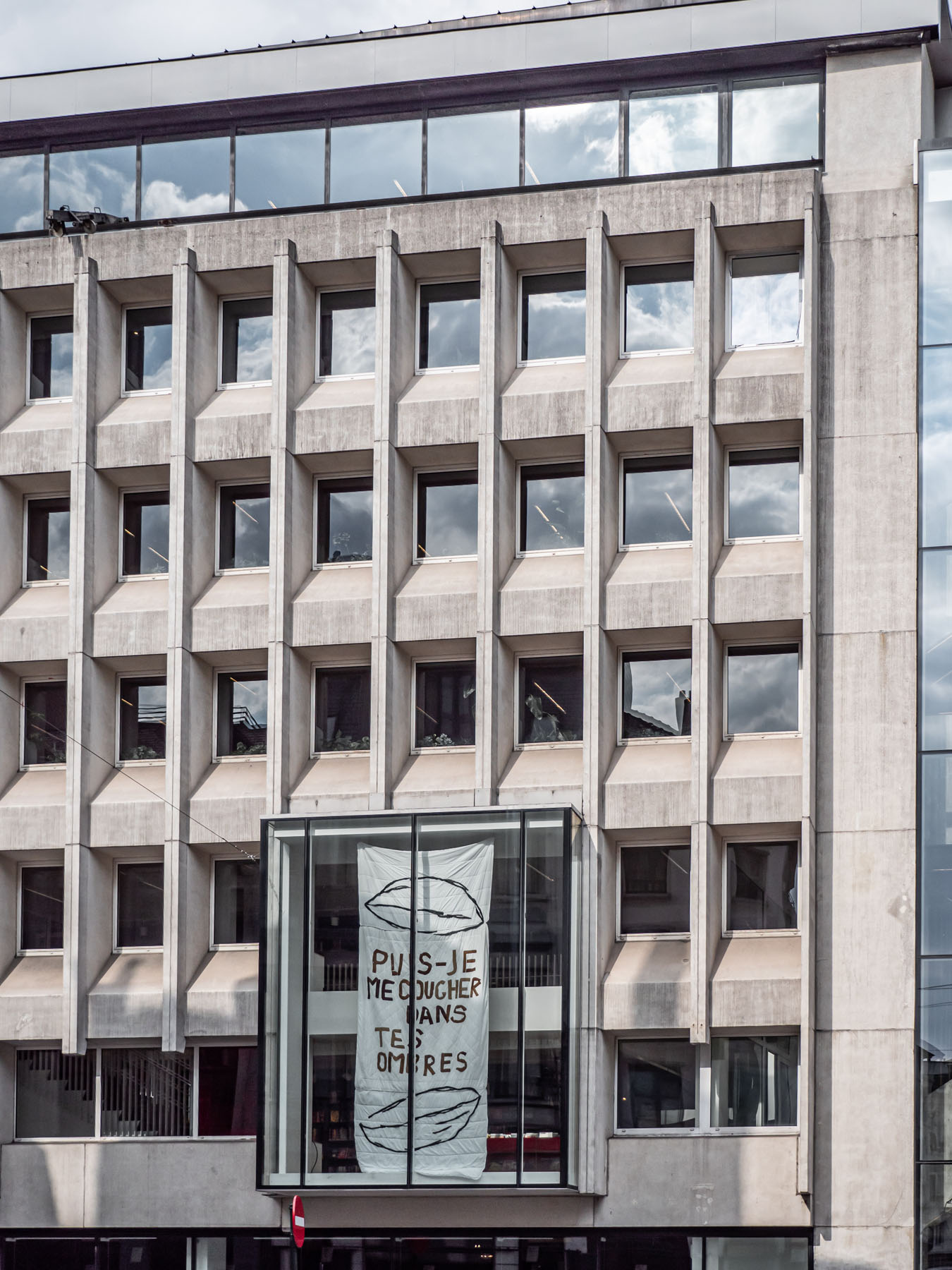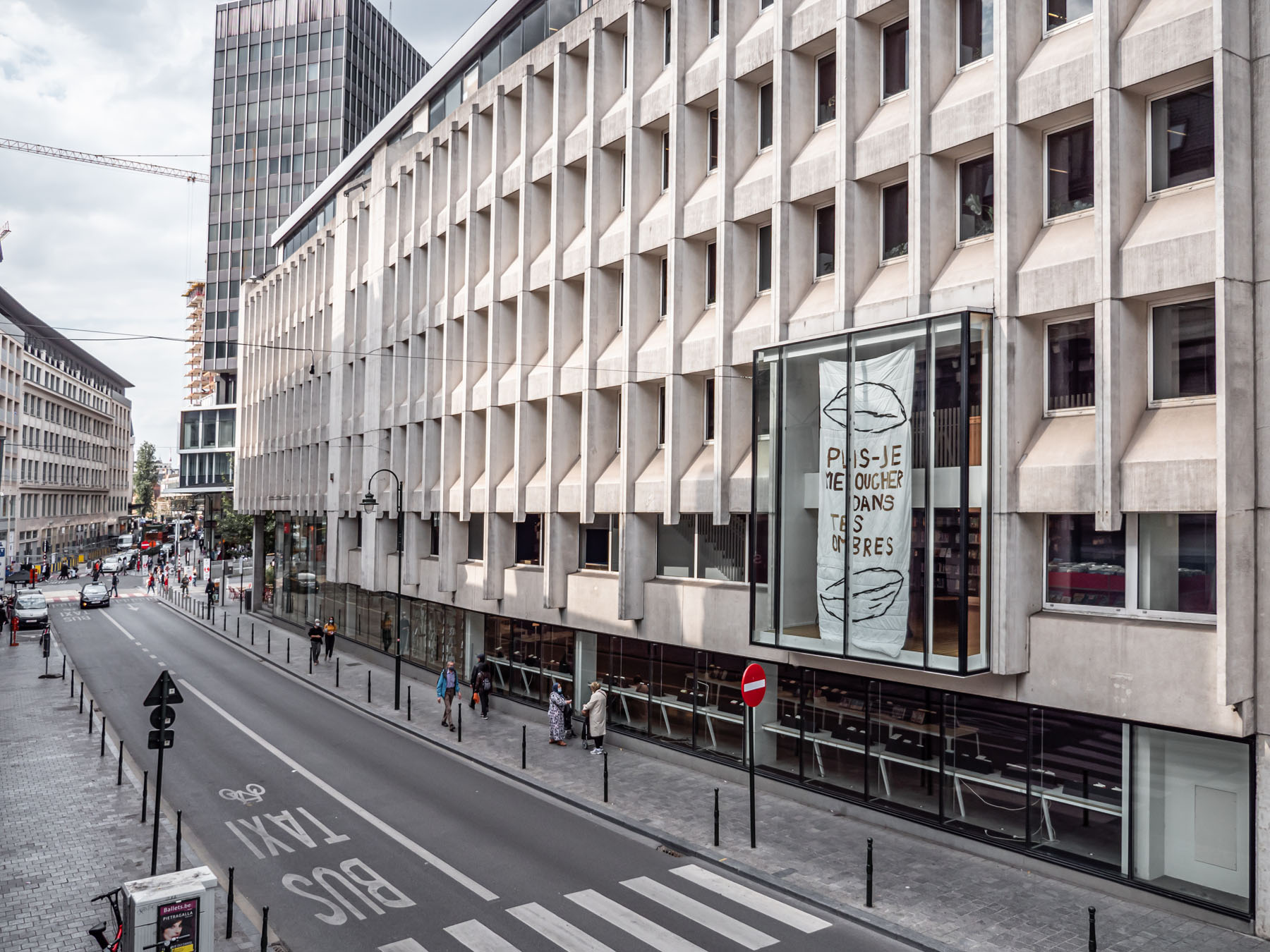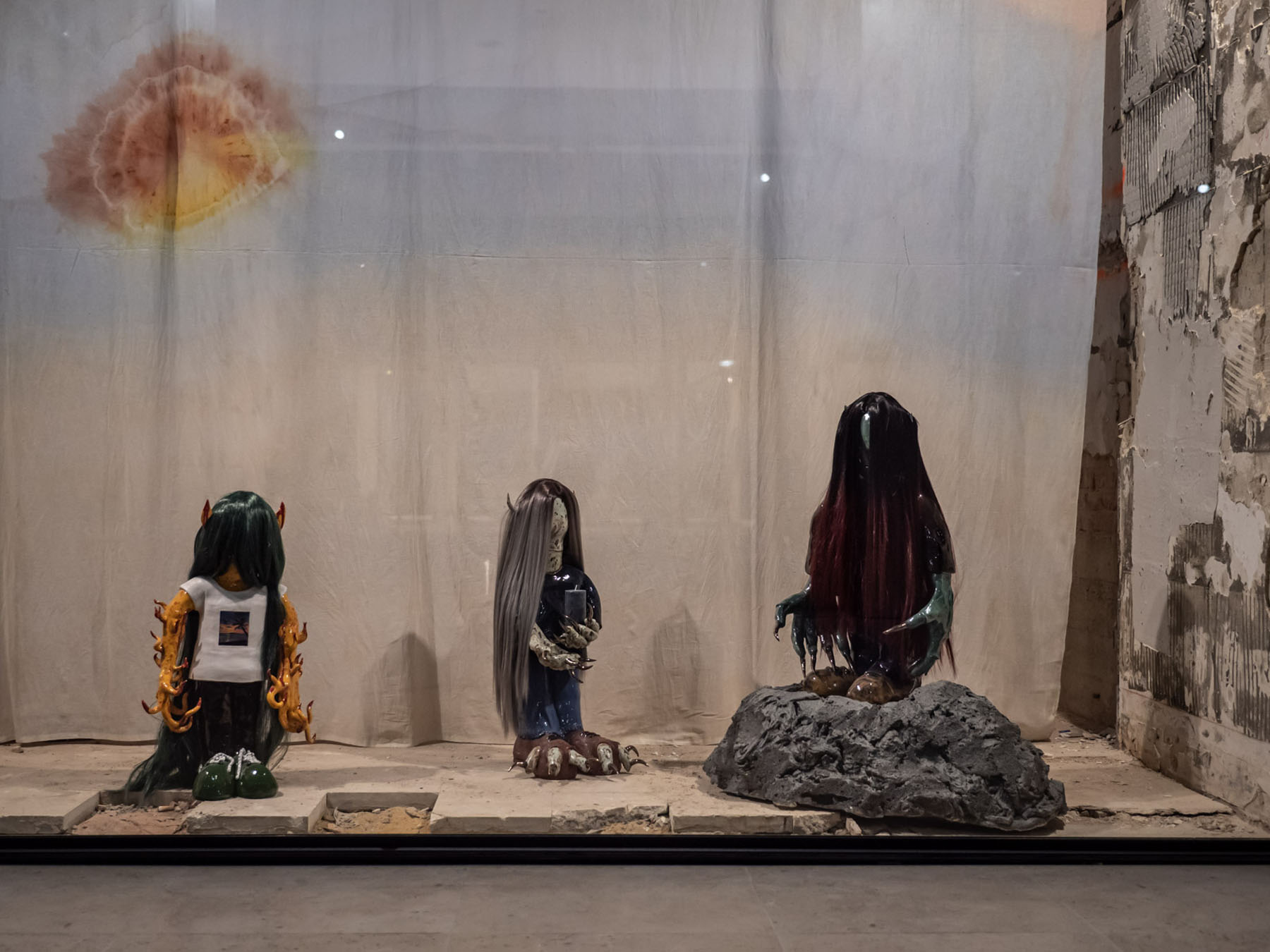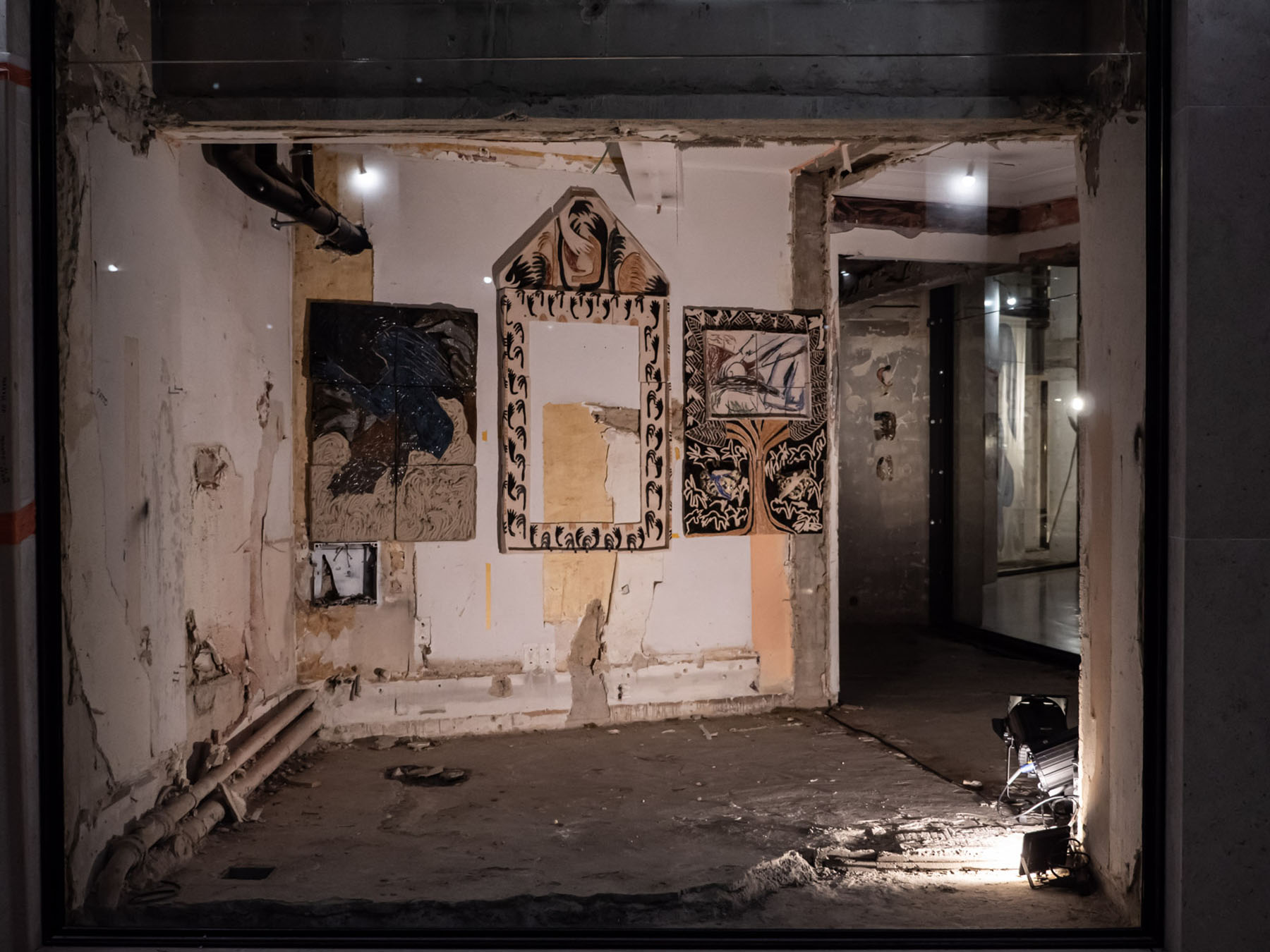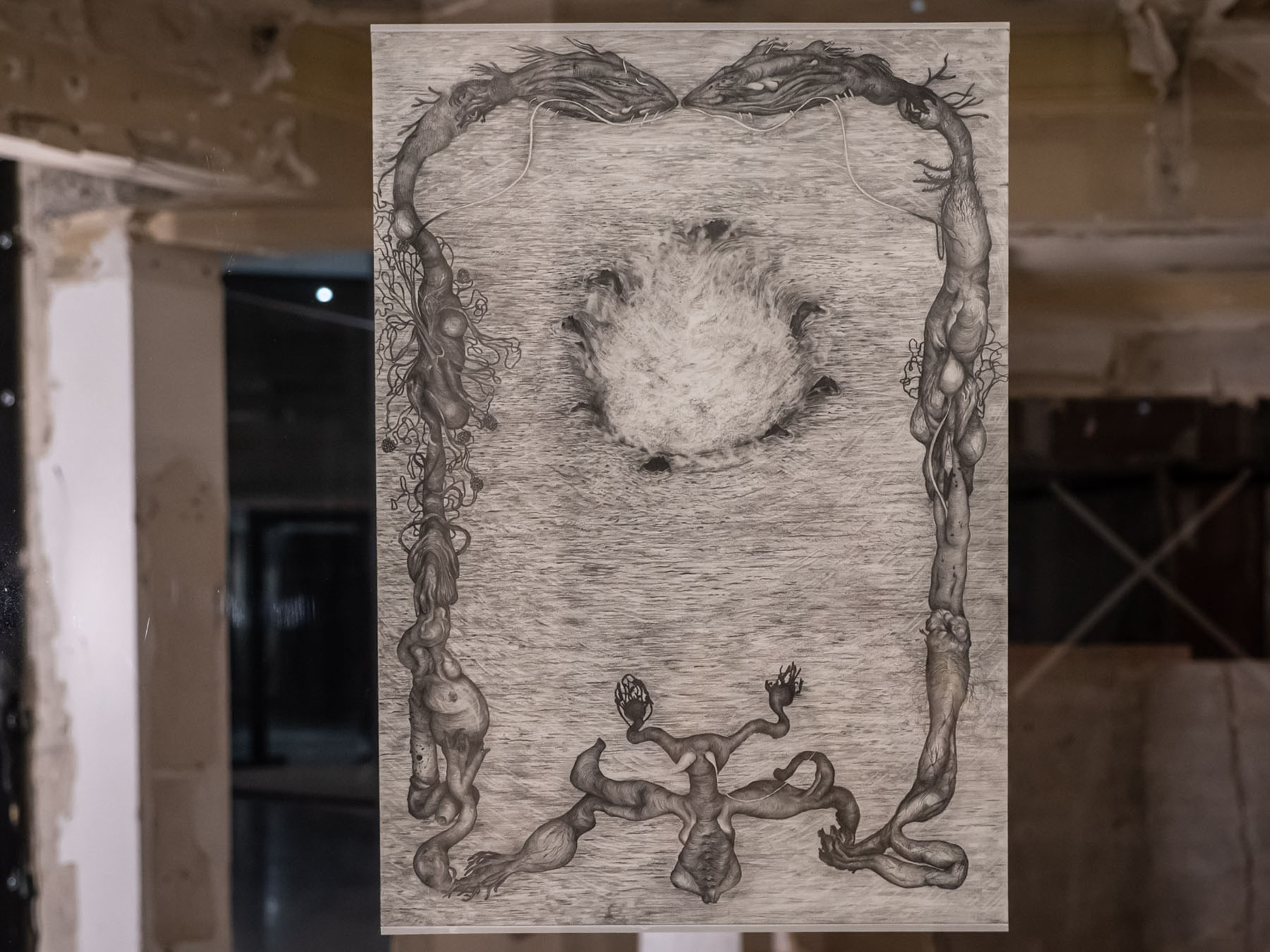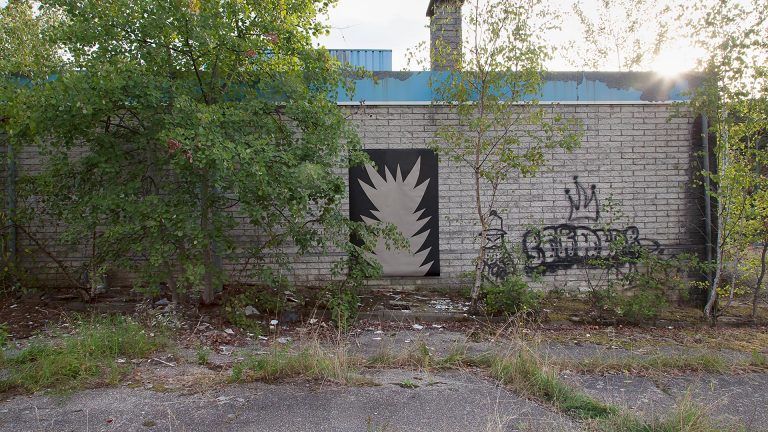Over the past three years, the Brussels Gallery Weekend has become a voice for upcoming generations of young Brussels artists. Under the artistic direction of Belgian curator Evelyn Simons, this year’s edition of Generation Brussels will look slightly different. Simons’ work focuses on public space and peripheral contexts, in the vein of Horst Arts & Music and the Kunsthal Ter Rijst. She is also director of the artists’ residency at the CAB, and is involved in numerous collaborative projects in Belgium and abroad.
This year, Generation Brussels will be spread out throughout the whole city and also in vacant shop windows, calling to mind Simons’ earlier exhibition “Driftwood, or how we surfaced through currents” in Athens (Fondazione Prada, 2017). Works by a dozen artists will be displayed in shop windows along a city trail connecting Brussels downtown neighbourhoods with uptown. “It was a huge challenge for the artists to adapt their work from the planned exhibition in the Vanderborght building into a trail of shop window displays. Luckily they have all demonstrated huge flexibility, and were open to discovering new exhibition spaces and fitting their works into these unexpected new locations. It was a very intense and enriching collaboration and we are delighted with the final result.”
And so, visitors will be able to enjoy art in the form of flowers made out of footballs by Badi Rezzak at Rue de la Régence 55, the suspended bodies by Carlotta Bailly-Borg in the Louise gallery, or words to the city by Jot Fau in the Muntpunt library. The real heart of Generation Brussels 2020 can be found in the Sablon neighbourhood, in Rue Lebeau, where the complex images by Siemen Van Gaubergen will be on show. Finally we should also mention David Tobon – his work was featured last year, and he is returning to the Brussels Gallery Weekend with his first exhibition in the Felix Frachon Gallery.
***
Je vois des songes dans mes yeux;
Et mon âme enclose sous verre,
Eclairant sa mobile serre,
Affleure les vitrages bleus.
O les serres de l’âme tiède,
Les lys contre les verres clos,
Les roseaux éclos sous leurs eaux,
Et tous mes désirs sans remède !
Je voudrais atteindre, à travers
L’oubli de mes pupilles closes,
Les ombelles autrefois roses
De tous mes songes entr’ouverts…
J’attends pour voir leurs feuilles mortes
Reverdir un peu dans mes yeux;
J’attends que la lune aux doigts bleus
Entr’ouvre en silence les portes.
Ame de serre, Les Serres Chaudes,
Maurice Maeterlinck, 1889
Against the backdrop of a city slumbering with sleep, Generation Brussels sets out to gravitate people towards its deserted streets, amidst motionless facades and trees appearing mockingly in full bloom. This hushed décor subtly exudes thoughts and emotions that are left unexpressed – a landscape of inner lives trapped in isolation.
Living the current reality feels like being suffocated with air staying in place, of not being able to move anywhere, of being enclosed within.
Entangled in this claustrophobic zeitgeist, artists seek refuge in celebrations of botanical presence, in mesmerising dreams, gloomy fantasies or whimsical quotidian miracles. They evoke enthralling sceneries where limbs and branches fuse, where human and nature intertwine and coalesce into extensions of each other. Consoled by inevitable cosmic rhythms. Others hint at nighttime hallucinations, grotesquely depicting what is dear to them. In their surrender to subconscious wanderings, mythological beings and fairy-like creature rise as guiding protagonists. Yet some artists evoke acts of wonderment through the illumination of trivial phenomena. They use humour to invert rusty power hierarchies or to ignite magic within arbitrary events, unveiling bemusing absurdities to put potential despair within perspective.
Visual storytelling shapes these associations as escapist mise-en-scenes, dotted out throughout the city as an itinerary. They appear unassumingly in the city’s fabric: as vitrines becoming portals for potential flight routes, invitations to immerse oneself in enticing reverie.


